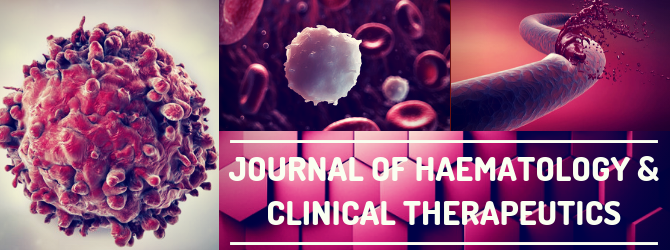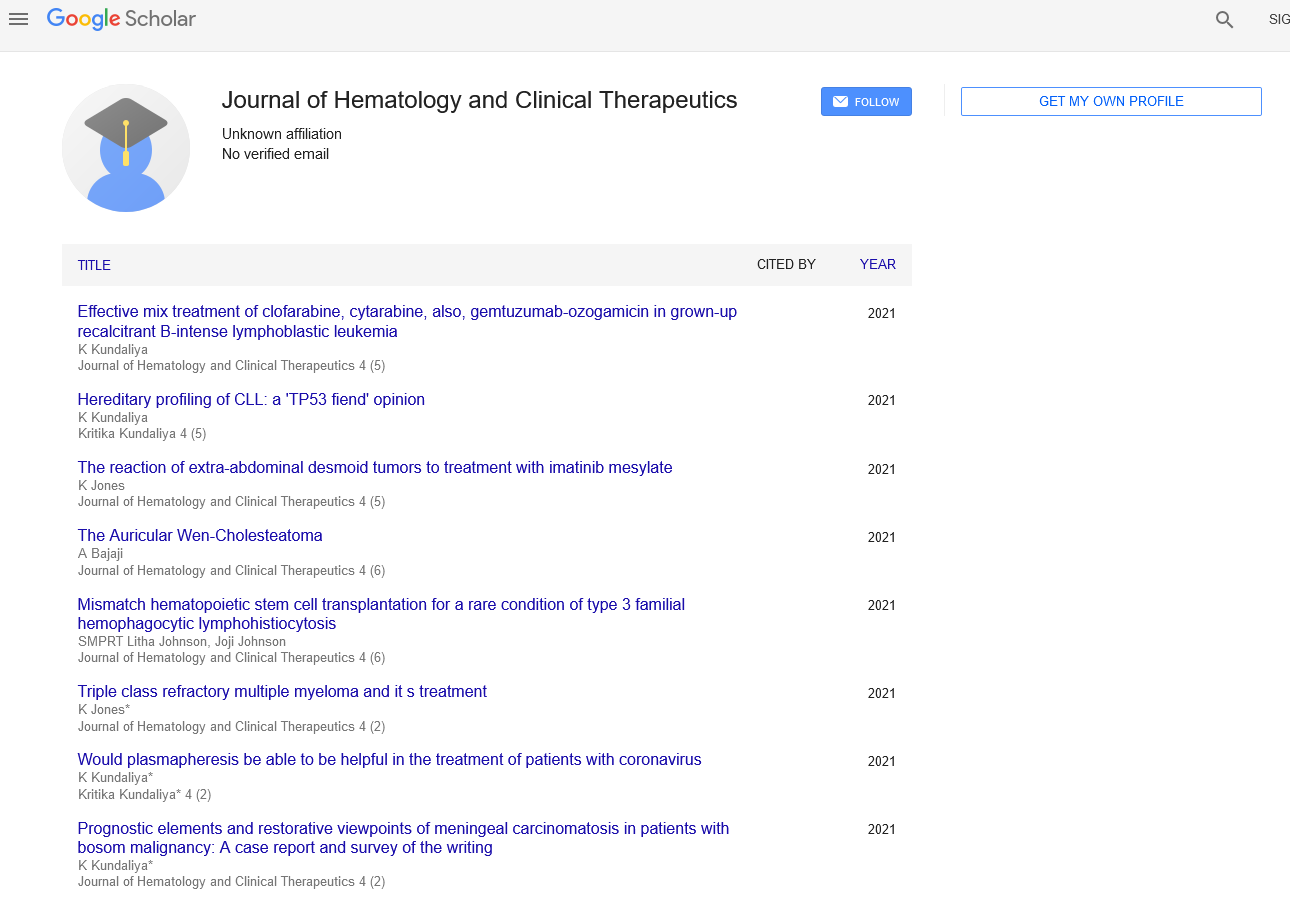Iron supplements enhanced wound healing
Received: 23-Jun-2021 Accepted Date: Jun 25, 2021; Published: 30-Jun-2021
Citation: Rahman Alhiti HA. Iron supplements enhanced wound healing. J Haem Clin Ther. 2021;4(1):3.
This open-access article is distributed under the terms of the Creative Commons Attribution Non-Commercial License (CC BY-NC) (http://creativecommons.org/licenses/by-nc/4.0/), which permits reuse, distribution and reproduction of the article, provided that the original work is properly cited and the reuse is restricted to noncommercial purposes. For commercial reuse, contact reprints@pulsus.com
Introduction
Post-operative wound healing, being a natural physiological rule in the individual tissues, throughout four definite and profoundly planned stages: hemostasis then inflammation followed by proliferation plus remodeling. Toward successful wound healing, the complete four stages should happen in sequential order and in the expected time.
Iron is an essential co-factor for the enzymes and proteins of cell metabolism, DNA synthesis, and tissue homeostasis. Besides, there is an essential role of iron in hepcidin, which is an acute-phase protein as a controller of iron utilization in chronic diseases. Furthermore, it is a well-known concept that iron is a fundamental nutritional supplement for normal skin and skin appendices. Consequently, there are numerous skin features of iron deficiency like pallor, angular cheilitis, and koilonychia. Furthermore, iron deficiency anemia causes general symptoms like loss of appetite, tiredness, and general weakness.
Argument
There was a controversy among old and young surgeons about the precise effects of iron deficiency anemia on the process of wound healing after surgery and which cases need a blood transfusion and in which criteria or packed cell volume level.
Evidence
During the last two decades, there are definite improvements in surgeons’ awareness regarding iron effects in wound healing. Therefore, there is visible evidence that macrophages with normal iron have natural bacteriophage activation. Moreover, in patients who have iron deficiency anemia, there are raised serum hepcidin levels, so the hepcidin/ferroportin interaction increases the need for iron in the macrophages, so disturbs wound healing.
Nowadays, many drug companies include Iron as a nutritional and therapeutic supplement in different pharmacological remedies (approved by FDA) to enhance normal cells metabolism.
Counterargument
The animal studies (1960-2000) show no impacts of iron deficiency anemia on wound healing. Accordingly, in a distinct study on fifteen New Zealand rabbits, there was no notable distinction in the total proteins, blood volumes, and albumin-to-globulin ratio despite iron supplement. Moreover, in another experiment on mice stock diet and the other missing iron supplement, the mean hematocrit readings did not differ and no variation in wound healing except in the tensile strength.
Refutation
In modern investigations (2010 and later) that normal iron in human macrophages can provoke natural macrophages’ activation. Moreover, nutrient deficiencies are common findings in patients who had delayed Wound healing.
Conclusion
The iron supplements can enhance the general condition of the patient and the local Environment that enhances wound healing.





